The present study analyzed the impact of the running style and the morphologic and functional characteristics of the foot on the incidence of non-traumatic foot and lower limb disorders in runners. From January 2004 to December 2008, we prospec- tively examined 166 runners, both recreational and competitive, involved in various running specialities, from three athletics clubs in Northern Italy.
They were 86 males and 80 females, with a mean age of 31.1 ± 12.2 years. We considered non- traumatic foot and lower limb diseases reported during the follow-up period, which resulted in a minimum sport rest of two weeks. The incidence of these diseases was examined with respect to general characteristics, type of activity, foot morphol- ogy, running style. 59% of athletes reported one or more dis- eases.
The most common were plantar fasciitis (31% of athletes) and Achilles tendinopathies (24%). Overall, the more prone to injuries were males (60.9% of cases), competitive runners (70.9%), middle-distance runners (51.7%), and those using spike shoes (80.3%). Age, body weight and height were not important predictors of running injuries in general.
Considering the mor- phological characteristics of the foot, the most prone to injury were the varus hindfoot (87.5% of cases) and the cavus arch (71.4%). In conclusion, a deep knowledge of the factors predis- posing runners to specific diseases, often chronic and highly debilitating for the athlete, may allow implementing effective therapeutic measures.


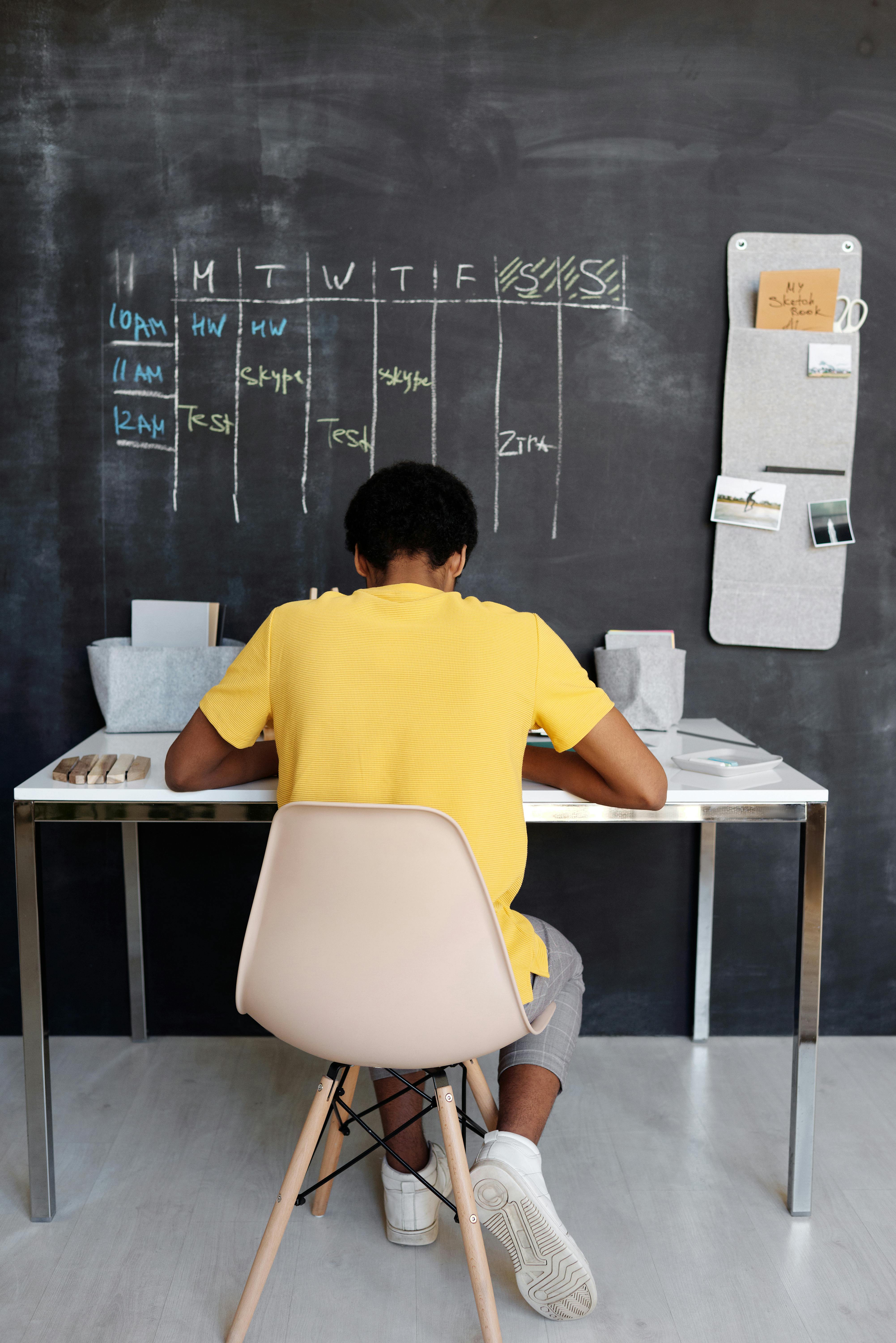


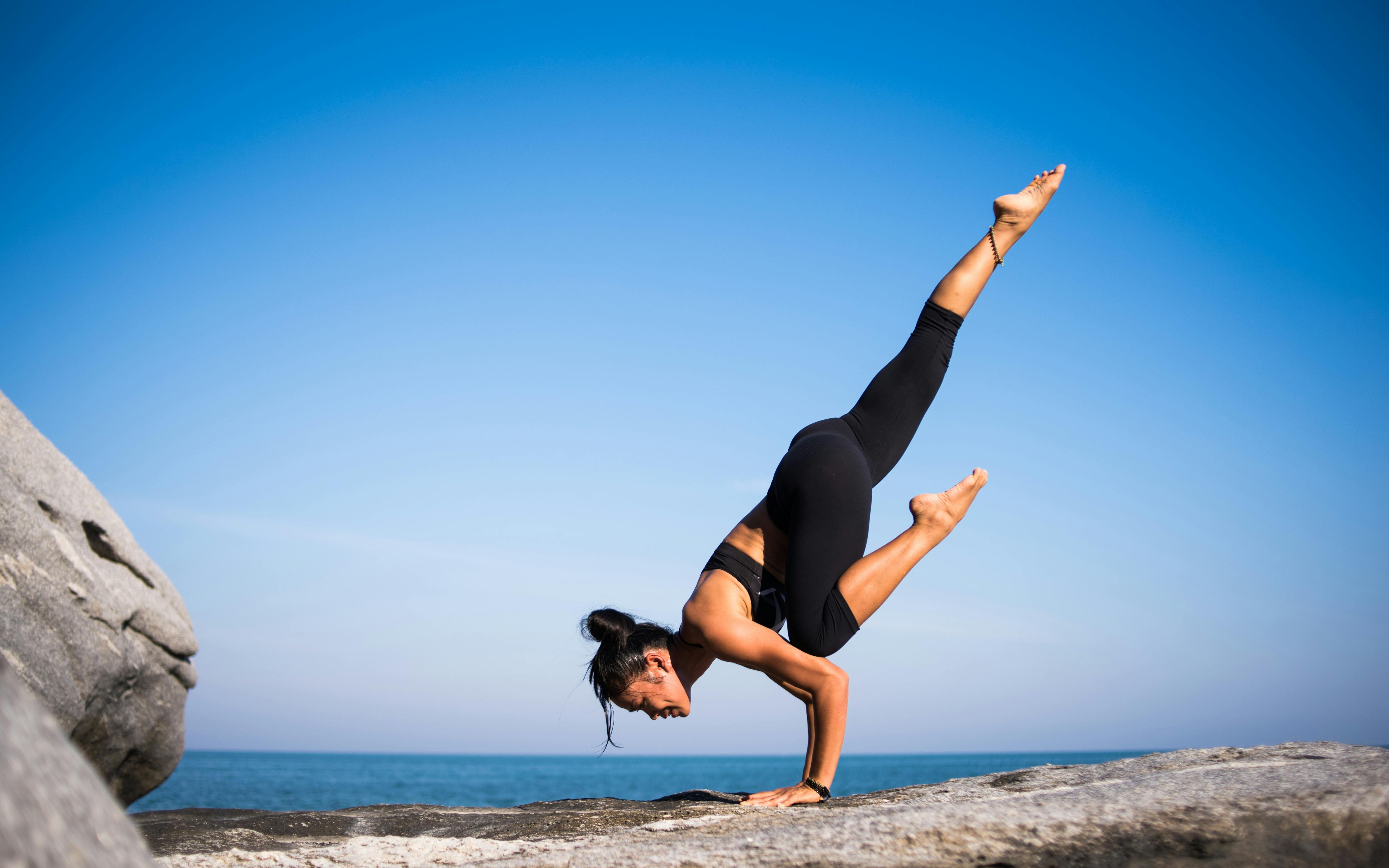
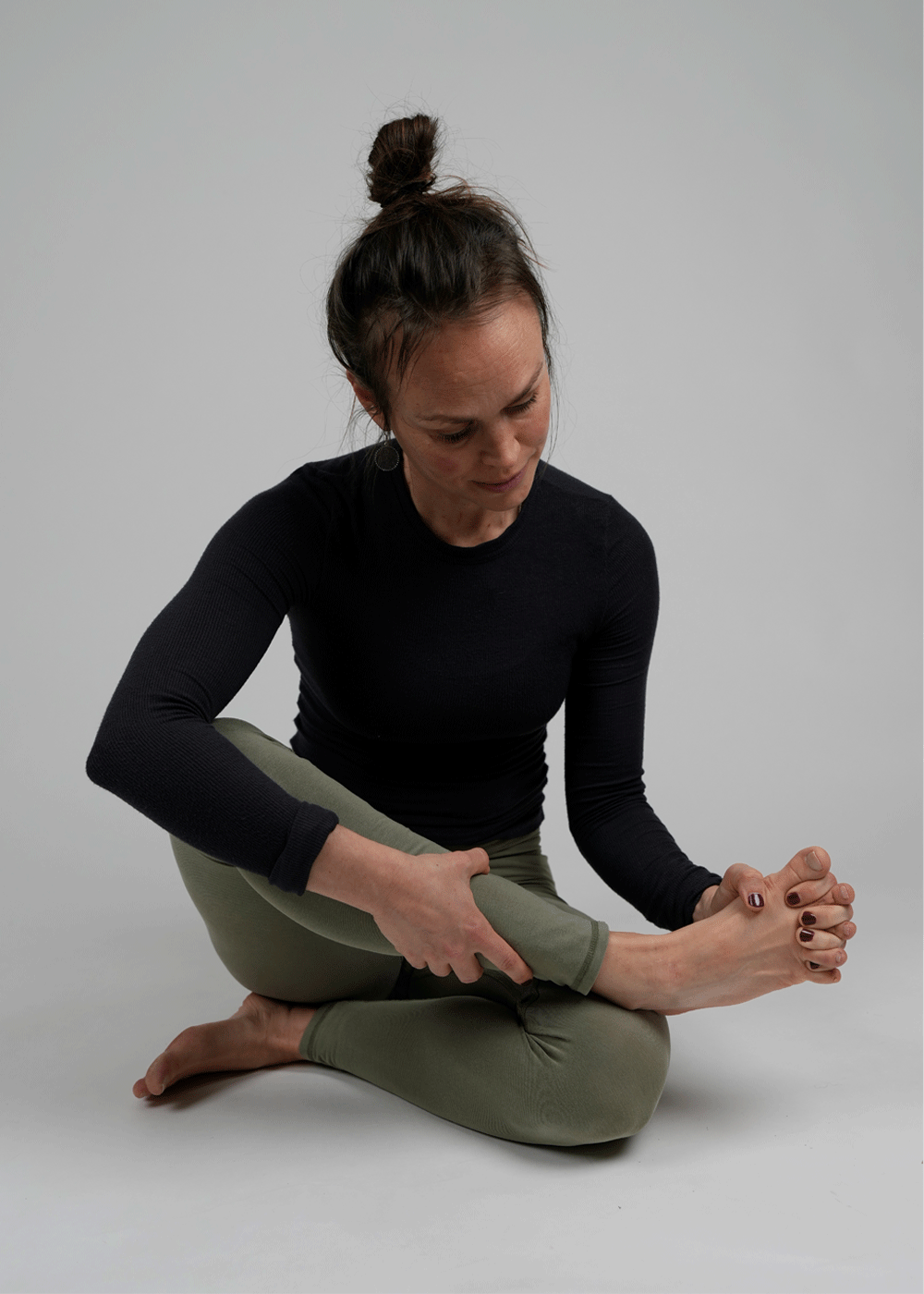
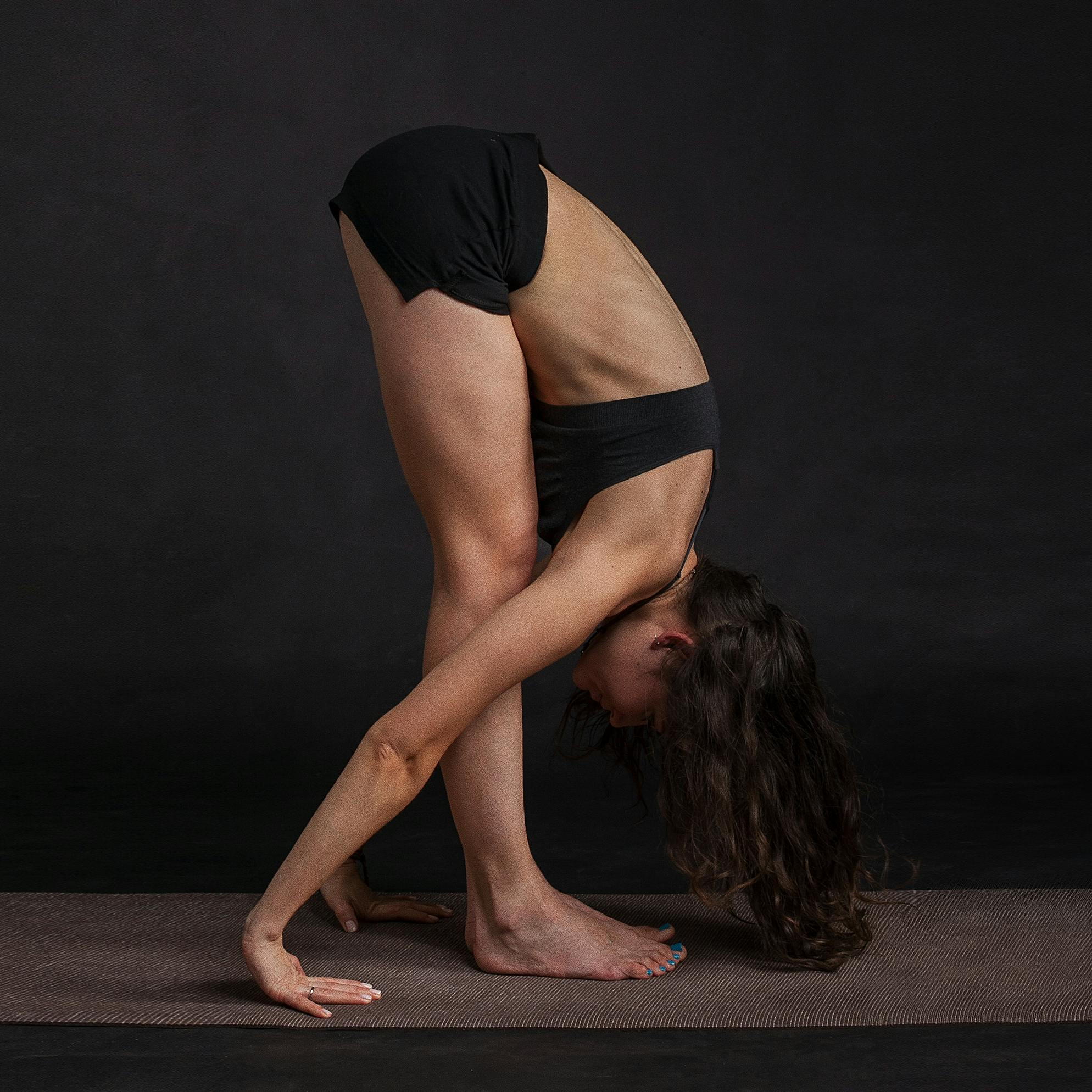

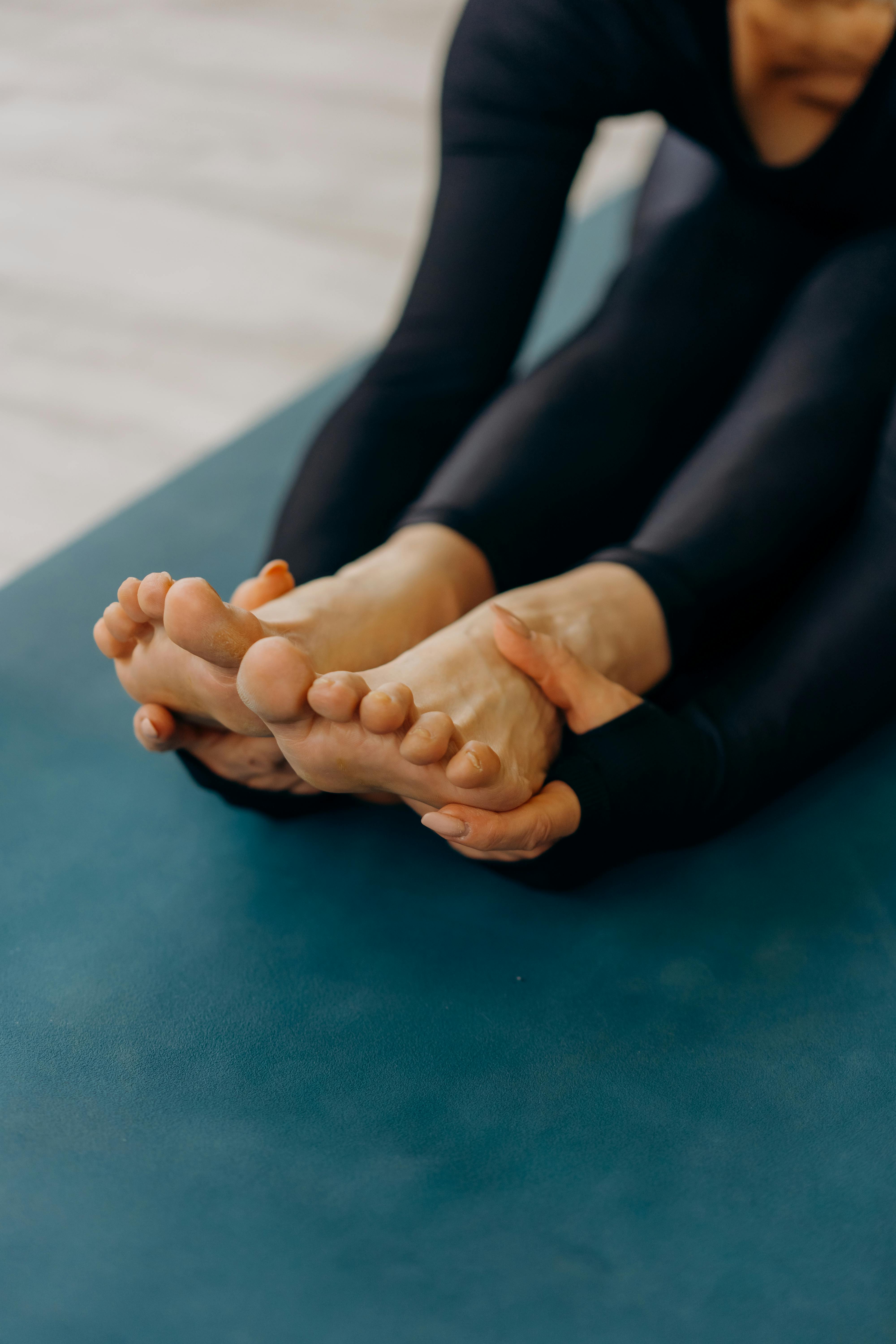



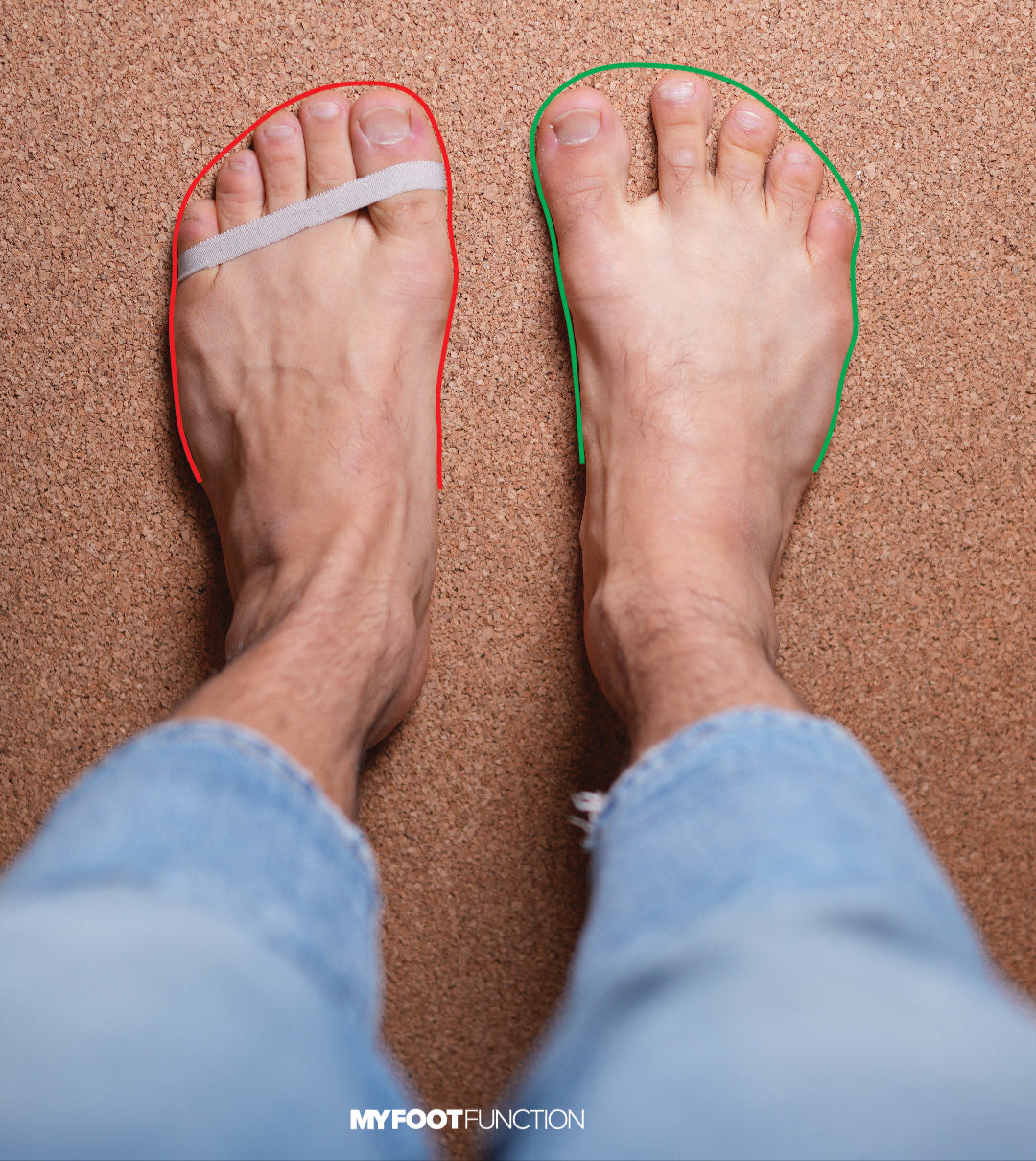

Share:
The Harris and Beath Footprint
The diagnosis of flat foot in children